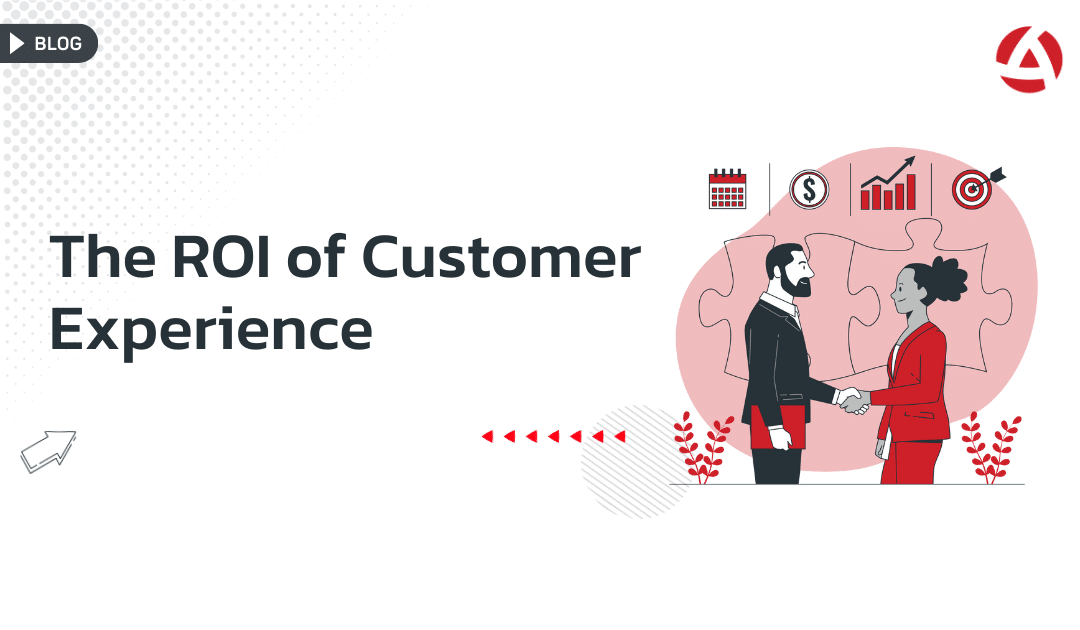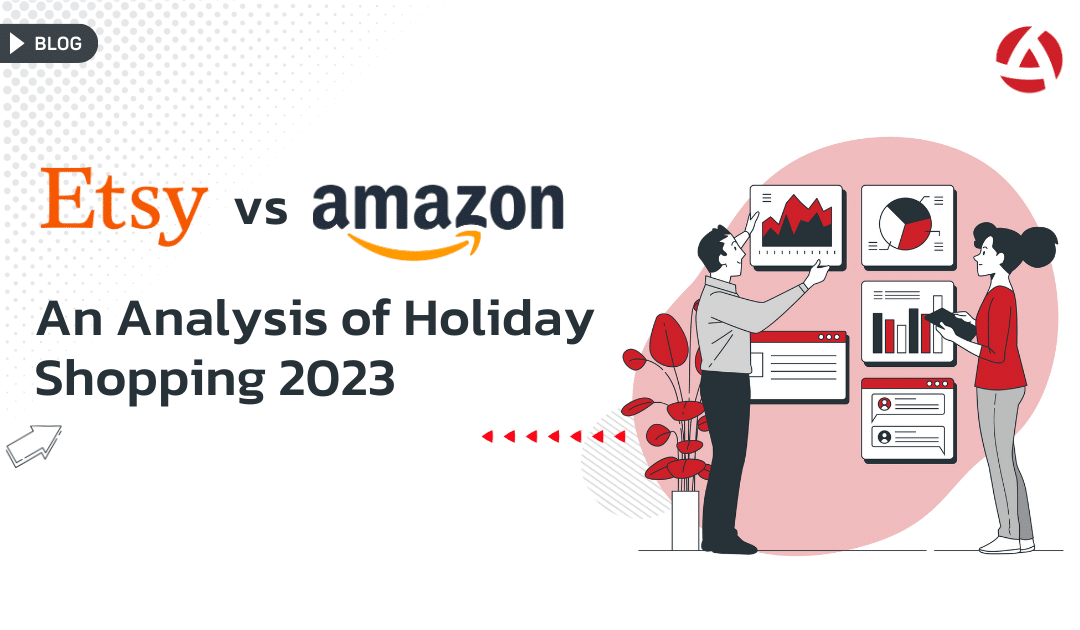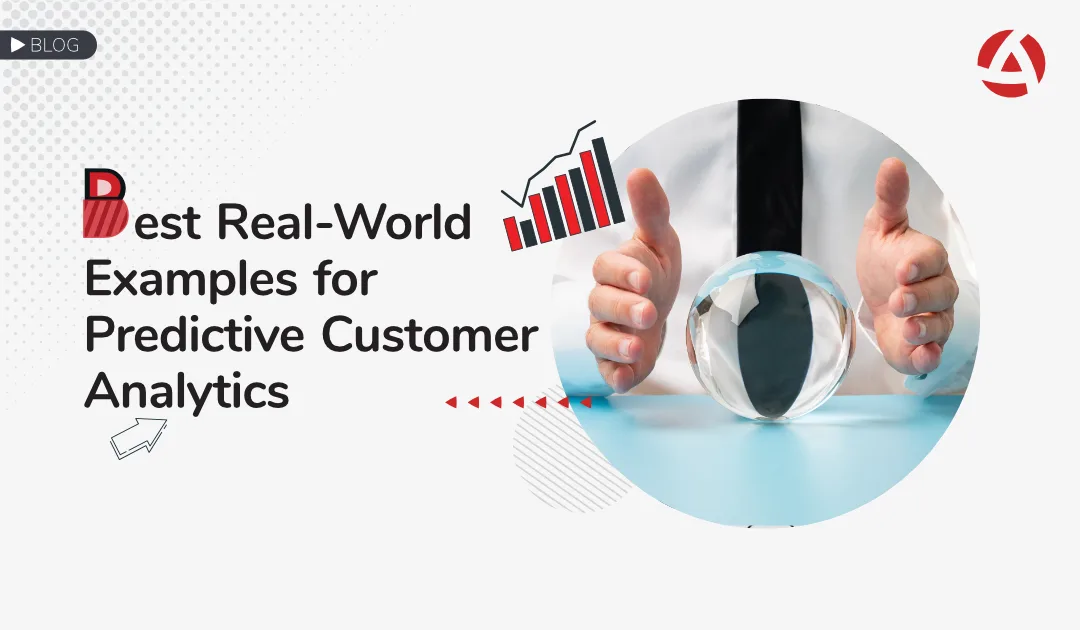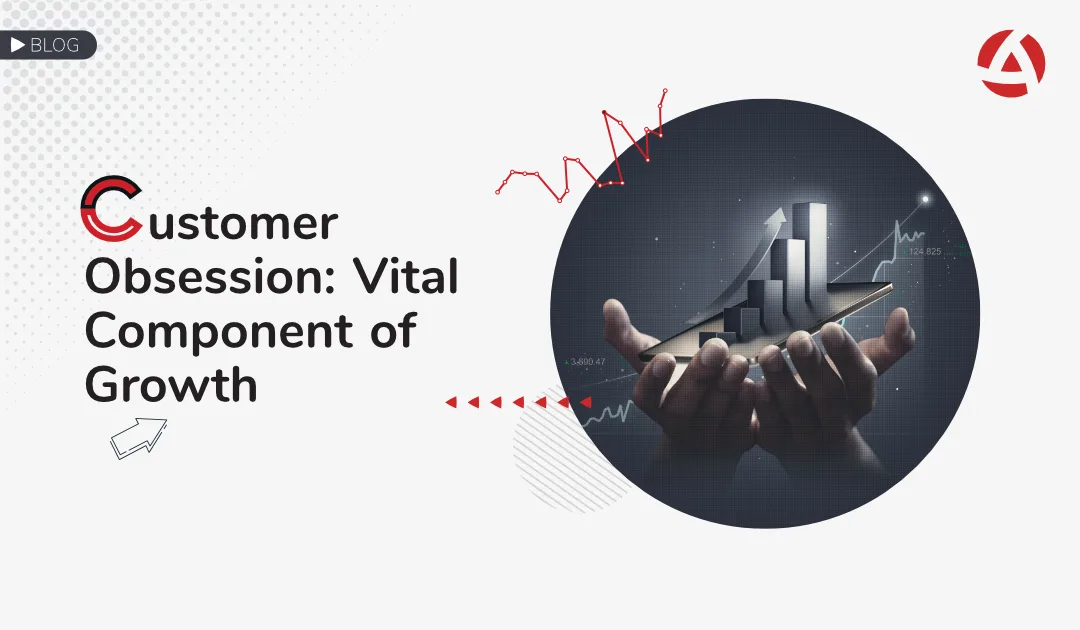In today’s business landscape, ‘short-termism’—the focus on immediate financial results—dominates corporate strategy, often at the cost of long-term planning and sustainable growth. This trend poses a significant challenge for C-Suite executives, who face pressure to deliver quick financial returns, potentially compromising product quality and service. This article explores the critical intersection of short-termism and Customer Experience (CX), highlighting the need for CX professionals to demonstrate the long-term financial benefits of customer-centric strategies. Understanding this balance is essential for aligning immediate actions with the enduring health and loyalty of the organization.
Short-termism[i] refers to an excessive focus on short-term results at the expense of long-term interests. Short-term performance pressures on investors can result in an excessive focus on their part on quarterly earnings, with less attention paid to strategy, fundamentals, and long-term value creation.
You might wonder why we have started our article with a definition that seems financial in nature. But let’s first agree that year by year, most C-Suite executives are under increasingly brutal earnings pressure, and they often feel the urge to produce quicker returns, often at the expense of product and service quality. This short-termism erodes loyalty, reducing the value customers create for the company.
As CX practitioners, we are usually eager to talk about “CX is the new battleground” or “New era: Age of the customer” type discussions within the company. However, when faced with numbers-oriented C-Level executives, it’s not easy to steer the discussion with theoretical knowledge about CX, even though they are familiar with those Forrester, Gartner, or HBR reports which clearly state the importance of CX for companies. Some of the common economic benefits of CX described in these reports that C-Level executives can also agree on are:
-
- Increased customer loyalty: When companies deliver a good service experience by solving customer problems quickly, their customers are multiple times more likely to stay with them.
- Higher turnover potential: Customers who have better experiences visit more frequently and spend more with a company.
- More new customers: Recommendations bring in new customers without marketing-related acquisition costs.
- Reduced customer service costs: Higher quality experiences mean fewer customer issues to resolve.
A recent Forrester research also states that the value of a better customer experience is rewarding:
Customers are…
2.4x more likely to stay when companies solve customer problems more quickly.
2.7x more likely to spend more when companies communicate clearly.
10x more likely to recommend when employees in physical locations answer all customer questions.
Unfortunately, these facts and figures don’t help CX professionals when it comes to asking for more budget and resources from senior management for their projects. A solid business case is often needed to prove the linkage between CX and ROI and to make decision-makers feel comfortable investing more in CX.
Proving the ROI of CX is challenging but not impossible. As a CX professional, once you make this happen, you not only get more resources for your project but also strengthen your CX team’s position within the company.
If you are ready to answer the million-dollar question, here are some tips on proving the ROI of CX:
• Show empathy for not only your customer but also your C-Suite
As a CX pro, you always think outside-in when it comes to customer centricity. Having empathy is crucial for understanding your customers, and so it is for your senior management. Try to understand their environment under short-termism and find what is in it for them when it comes to allocating resources properly. If you’re keen on deepening your insights into building a customer-centric organization, we’ve previously explored this topic in detail in one of our blog posts[ii] .
• Make sure that you have a clear definition of “benefit”
The math of ROI is simple: ROI = Benefits – Costs / Costs. The definition of benefits can vary. Some sample benefits are:
o Boosting loyalty,
o Acquiring new customers,
o Boosting top-line revenue,
o Increasing share of wallet, etc.
• Choose the right analytical model
This is where customer experience analytics comes into play. Based on how much proof you need, you can decide on the right analytical model. Build your hypothesis and validate it with data. You can use your voice of customer (VOC) program and its analytical features to create your data set for hypothesis testing. These VOC programs help you with real-time data collection and advanced analysis. Text analytics and driver analysis modules can be used for building your model. Customer experience analytics allows you to:
1- Segment customers based on their experiences and behaviors.
2- Analyze sentiment and feedback to identify pain points and opportunities.
3- Measure the impact of CX initiatives on business outcomes like revenue and retention.
4- Track changes over time to see how improvements affect customer satisfaction.
As Alterna CX, we are ready to help you in building these analytical models.
• Talk with $, not unquantifiable benefits
Your C-Suite wants to hear specifically how your CX projects and programs made or saved money for the company. And they want the specifics in dollars; they do not want to have to connect the dots for themselves between NPS (or CSAT) and dollars.
• Prioritize the highest impact changes
There are probably many actions listed in your roadmap, so make sure to prioritize the highest impact areas that will quickly validate your business case.
Conclusion
The beauty of this million-dollar question is that there is no single answer or a perfect model for it. As a CX professional, you can continue to seek the best answers and create the right perspectives to prove the monetary impact of CX. This path is really challenging; however, once you take the first step in this direction, it will be a real milestone for your CX team and company. As an ancient Chinese philosopher once said, “A Journey of a Thousand Miles Begins with a Single Step”.
By leveraging customer experience analytics, you can make data-driven decisions that align with both short-term and long-term goals, ensuring sustainable growth and customer loyalty.




